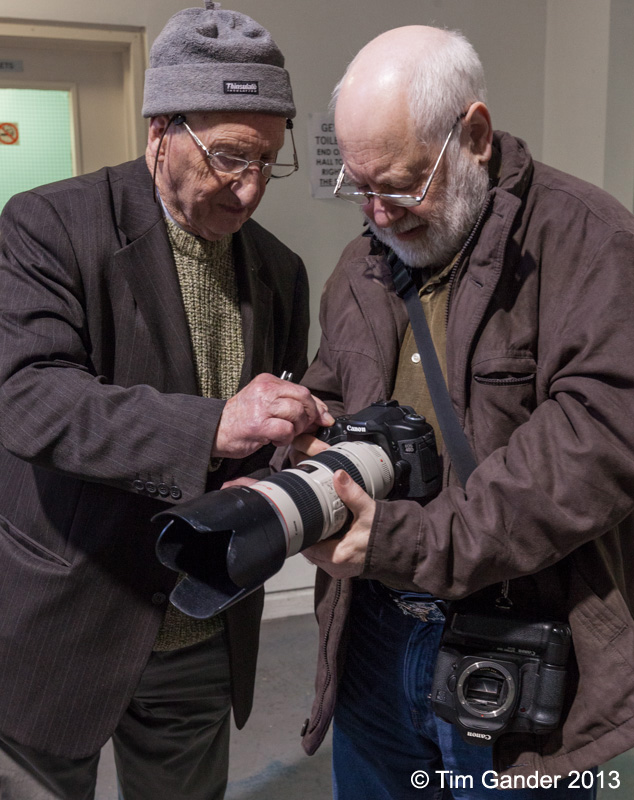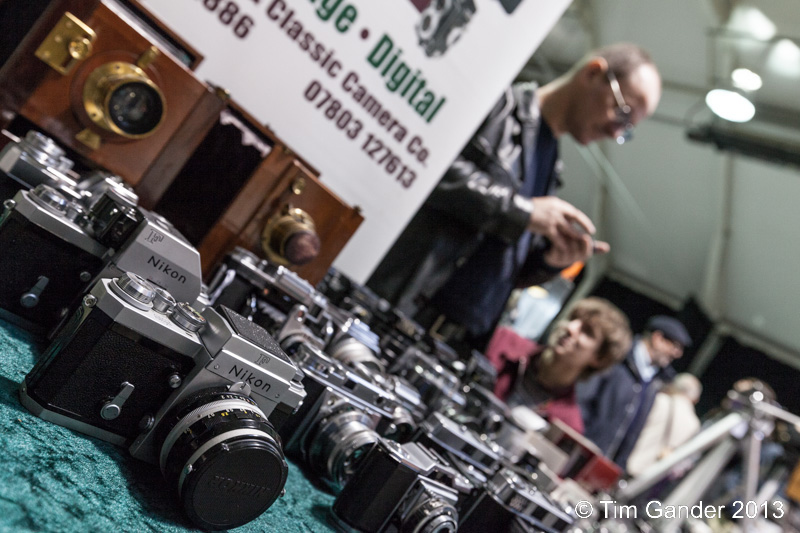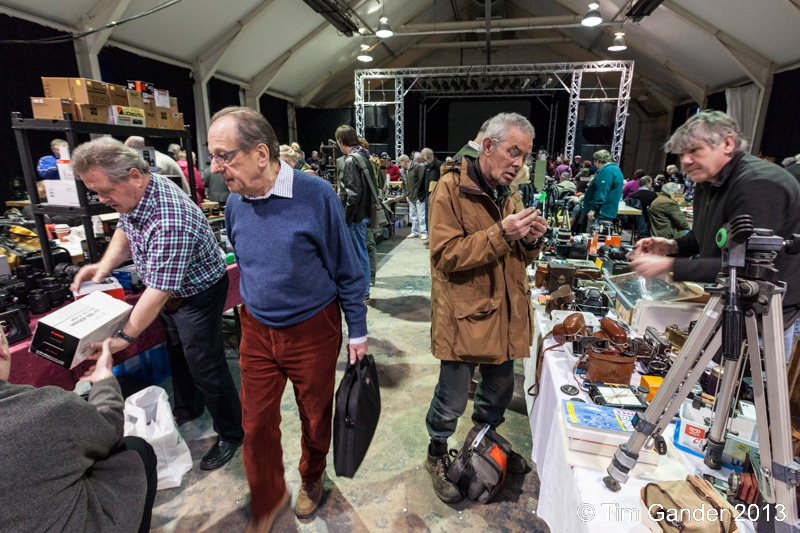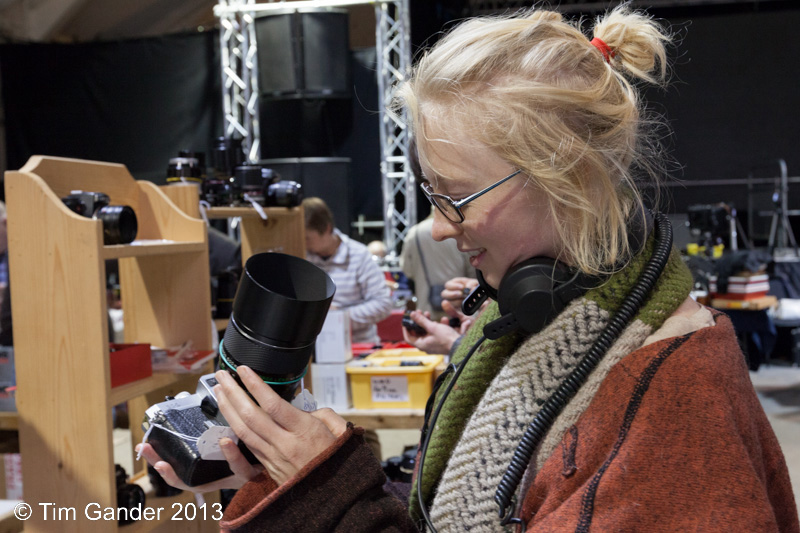Twice a year, Frome Wessex Camera Club hold a camera and photographic fair at The Cheese and Grain in Frome. Twice a year I miss it. In fact I must have missed it about 14 times by now, but I was determined to take a look this time.
I’ll confess I expected to find The Cheese and Grain stuffed to the gunwales with old guys in multi-pocketed photographers’ vests nerding over Leica MIIIs and Summicron lenses, or Nikkorflexollamas or whatever. Let’s just say, the gunwales were stuffed, the men were numerous and old and there was the buzz of nerding in the air. I even spotted one or two men wearing multi-pocketed vests, but they may have been anglers who’d wandered in by mistake.
To be fair, my age, gender and nerding tendencies mean I was in excellent company. I took the precaution of bringing my son who was going to have “none of that”. He stayed close and pulled me back from the abyss whenever my eyes glazed at the sight of a classic rangefinder camera. A tough task for any 12-year-old boy, but he did a super job and a coke in the cafe soon revived his superpowers.

Bill Collett of Priston (right) tries his new lens on a camera Brian Sawyer of Melksham considers buying.
The fair itself is a broad mixture of ancient oddities (by which I mean the cameras, not the visitors… mostly) and present-day technology, but the emphasis is geared more to collectibles than modern equipment. I did speak to one chap who’d just acquired a very current and expensive lens at an excellent price. I was a little jealous, I must admit, but my son detected an evil glint in my eye and tugged my arm as he saw me starting to follow the man with the lens. It could have turned nasty.
There were one or two actual women there too and they didn’t appear to be there under duress. They were enjoying the fair too, and I spoke to a young woman from New Zealand who was there to enquire about adapting older lenses to fit her modern digital camera. She was impressed with the level of knowledge available from stallholders and seemed to be having a great time. She hadn’t come all the way from New Zealand just for the fair, but it would be nice to pretend she had.
For me the fair was an opportunity to find something fun to write about this week and to test a (nerd alert) Canon 16-35mm f/2.8L USM MKII lens which I’m reviewing for Wex Photographic. I know you’ll all be dying to read that review when it’s published, so I’ll be sure to let you know when it’s up.
The next fair is in November and I’ll probably pop along if my son will be my nerdguard. It might require two cokes next time.




